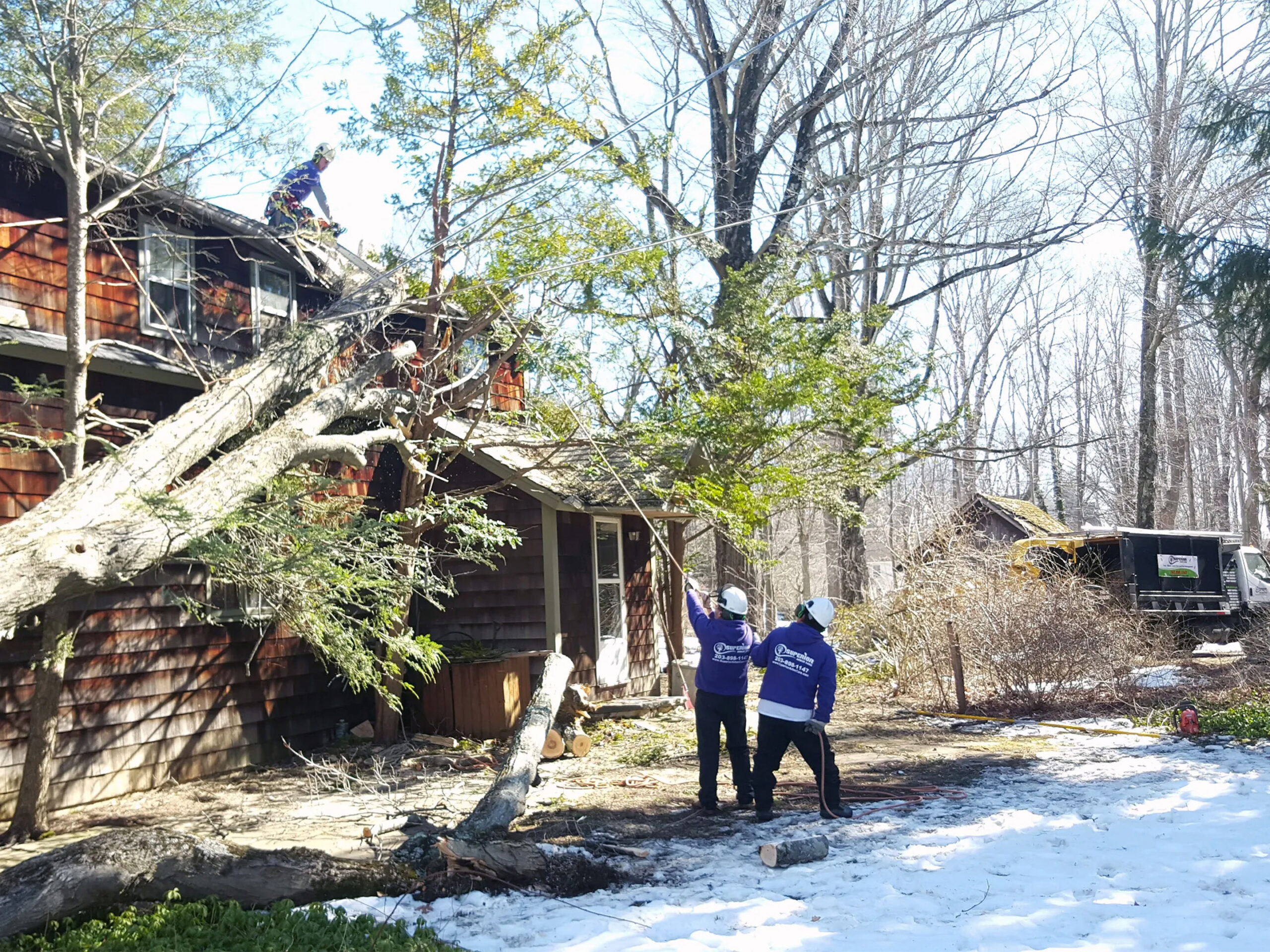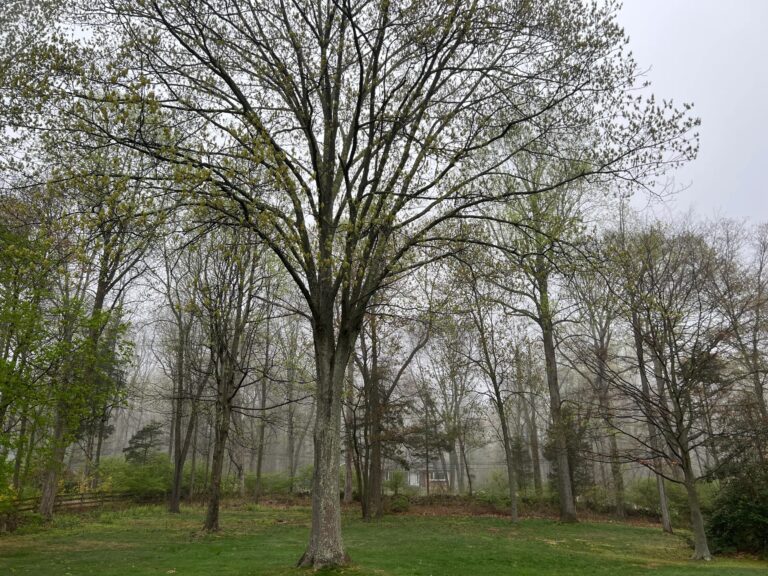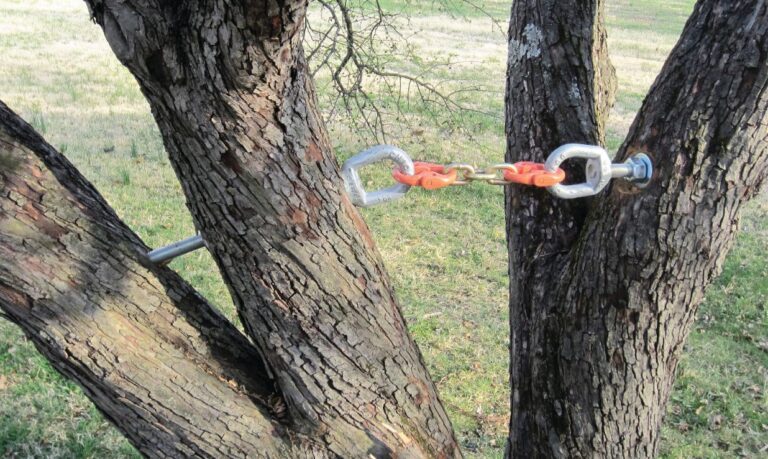When to Call an Arborist After a Wind Event
High winds can be deceptively damaging. While you may not always see broken branches or toppled trees immediately after a storm, the structural integrity of your trees could be compromised in ways that only a trained eye can detect. At Superior Arbor Care, we routinely help homeowners across Fairfield County assess and recover from wind-related tree damage. Knowing when to call an arborist can mean the difference between a manageable fix and a costly, dangerous situation.
Not All Damage Is Obvious
After a windstorm, most homeowners instinctively look for the obvious: a fallen tree or large limbs scattered across the yard. But not all storm damage is visible from the ground. Hidden cracks, root disturbances, and internal stress fractures are just as dangerous—especially if they weaken the tree’s structure over time.
Some signs that warrant a professional inspection include:
- Trees that appear suddenly leaning or tilting
- Hanging or partially broken limbs (also called “widow-makers”)
- Cracks or splits in the trunk or major branches
- Soil mounding or exposed roots near the base
- Bark tears or signs of impact from falling debris
The Role of an Arborist After a Storm
When you call a certified arborist after a wind event, you’re not just getting cleanup—you’re getting risk assessment, structural analysis, and expert guidance. At Superior Arbor Care, we don’t just remove trees; we determine if they can be saved, stabilized, or monitored safely. Sometimes a compromised tree can be supported using cabling and bracing systems, preventing further damage and extending its life.
We also look at adjacent trees that may have sustained stress or injury during the same storm, even if they show no immediate signs of failure.
Don’t Delay if You See These Red Flags
There are several situations where you should call an arborist immediately:
- A tree is threatening to fall on a structure, driveway, or utility line
- You hear cracking sounds from a tree or notice fresh soil movement at the base
- There’s visible structural damage near high-traffic areas
- You’re unsure about the condition of a tree and want a professional opinion
In many cases, early intervention can help you avoid full removal, additional property damage, or even personal injury.
Preventative Measures: Prepare Before the Next Storm
The best time to protect your trees from wind damage is before the storm hits. Seasonal inspections, proper pruning, and tree health care all contribute to greater wind resistance. We often recommend strategic thinning, removal of deadwood, and structural pruning to reduce wind load and limb failure.
In high-risk areas or with mature legacy trees, we may also suggest tree cabling and bracing systems—proven techniques that reinforce weak limbs and forks against wind stress.
Local Expertise You Can Trust
With years of experience serving communities across Stamford, Norwalk, Ridgefield, and surrounding towns, Superior Arbor Care understands both the climate patterns and tree species unique to Fairfield County. We’re fully licensed, insured, and available for emergency response when storms hit hard.
Whether you’re facing an urgent hazard or simply want peace of mind, our arborists are here to assess, advise, and act—always with the health of your trees and the safety of your property in mind.
Worried about your trees after a storm? Call us at (203) 898-1147 or contact us online for a post-storm tree inspection.



